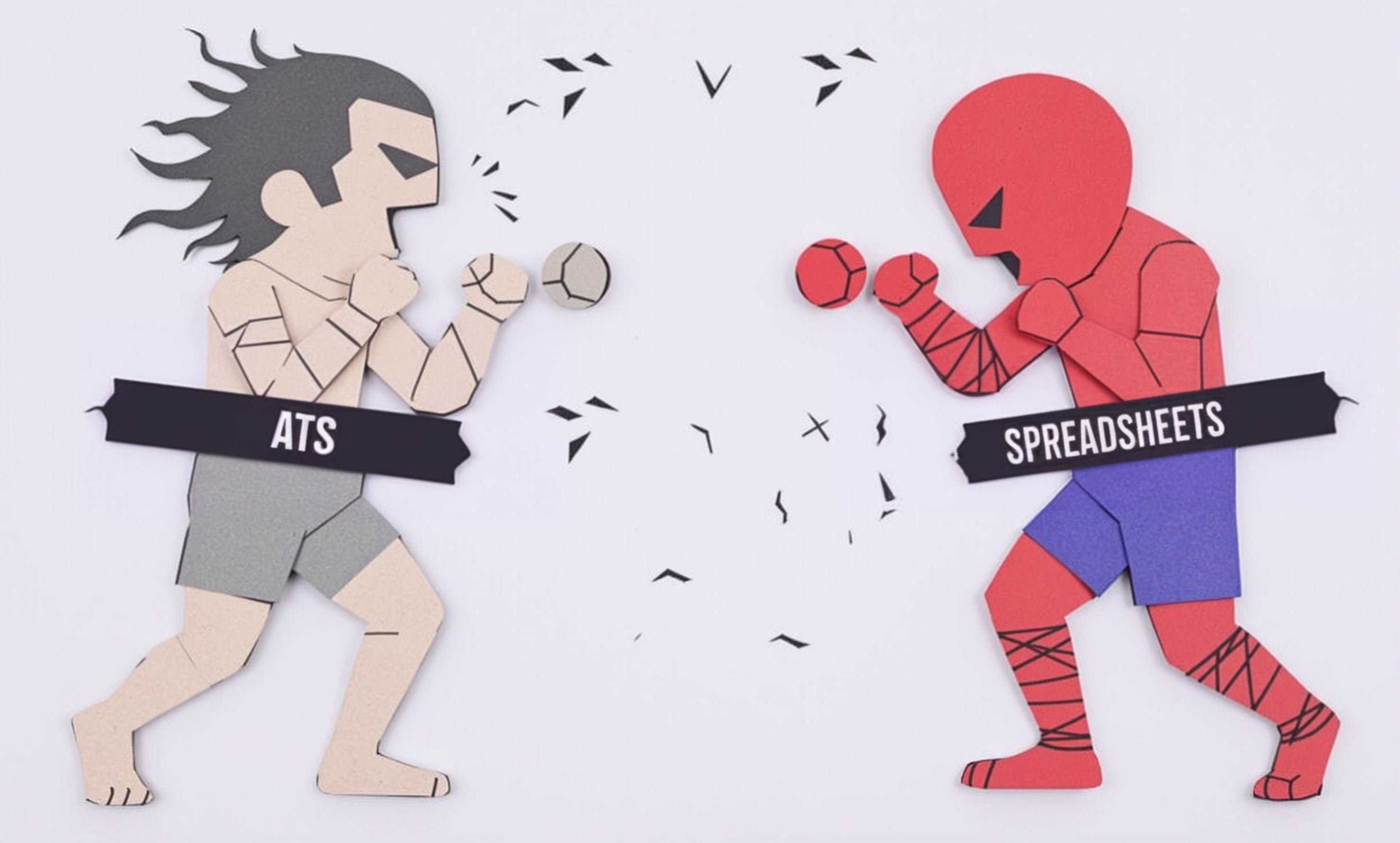
Wheat Paste
Wheat paste is a traditional adhesive made from wheat flour and water, commonly used in manuscript and book restoration. It's valued by conservators because it's gentle on historic materials, completely reversible, and won't damage original documents. This natural adhesive has been used for centuries in bookbinding and paper conservation. Similar materials include rice starch paste and methyl cellulose. Conservators choose wheat paste when they need a safe, long-lasting way to repair documents or bind books while maintaining historical authenticity. You might also see it referred to as "flour paste" or "document adhesive."
Examples in Resumes
Restored 18th-century manuscripts using traditional Wheat Paste techniques
Applied conservation-grade Wheat Paste in book spine repairs
Trained junior conservators in proper Wheat Paste preparation and application methods
Typical job title: "Book and Paper Conservators"
Also try searching for:
Where to Find Book and Paper Conservators
Professional Organizations
Job Boards
Professional Networks
Example Interview Questions
Senior Level Questions
Q: How do you determine the appropriate concentration of wheat paste for different conservation projects?
Expected Answer: A senior conservator should explain how they assess the condition and needs of different materials, describe various paste consistencies, and demonstrate knowledge of when to modify recipes based on specific conservation challenges.
Q: What factors do you consider when choosing between wheat paste and other adhesives?
Expected Answer: Should discuss material compatibility, reversibility, aging characteristics, environmental conditions, and demonstrate decision-making process based on conservation ethics and material science principles.
Mid Level Questions
Q: How do you prepare and store wheat paste properly?
Expected Answer: Should explain the cooking process, proper consistency, storage methods, shelf life considerations, and signs of paste deterioration.
Q: What are the advantages and disadvantages of using wheat paste in conservation?
Expected Answer: Should discuss benefits like reversibility and compatibility with historic materials, while also addressing challenges like shelf life and preparation time.
Junior Level Questions
Q: What safety precautions do you take when applying wheat paste?
Expected Answer: Should mention basic handling procedures, workplace cleanliness, proper storage, and awareness of material sensitivity.
Q: How do you clean up wheat paste after use?
Expected Answer: Should describe proper cleaning procedures, tool maintenance, and workspace organization to prevent contamination and ensure longevity of materials.
Experience Level Indicators
Junior (0-2 years)
- Basic paste preparation
- Simple repair techniques
- Understanding of conservation materials
- Basic documentation methods
Mid (2-5 years)
- Advanced paste modification techniques
- Complex repair procedures
- Material assessment
- Conservation documentation
Senior (5+ years)
- Expert material knowledge
- Advanced conservation techniques
- Project supervision
- Training and mentoring
Red Flags to Watch For
- No knowledge of basic conservation ethics
- Unfamiliarity with proper paste preparation techniques
- Lack of understanding about material reversibility
- Poor documentation practices
Need more hiring wisdom? Check these out...

Workforce Solutions Aggregators: The Next Big Thing You Didn't Know You Needed

Why Your Hiring Spreadsheets Are Secretly Sabotaging Your Recruitment

Cracking the Code: How to Source Talent in APAC and EMEA with Cultural Sensitivity

